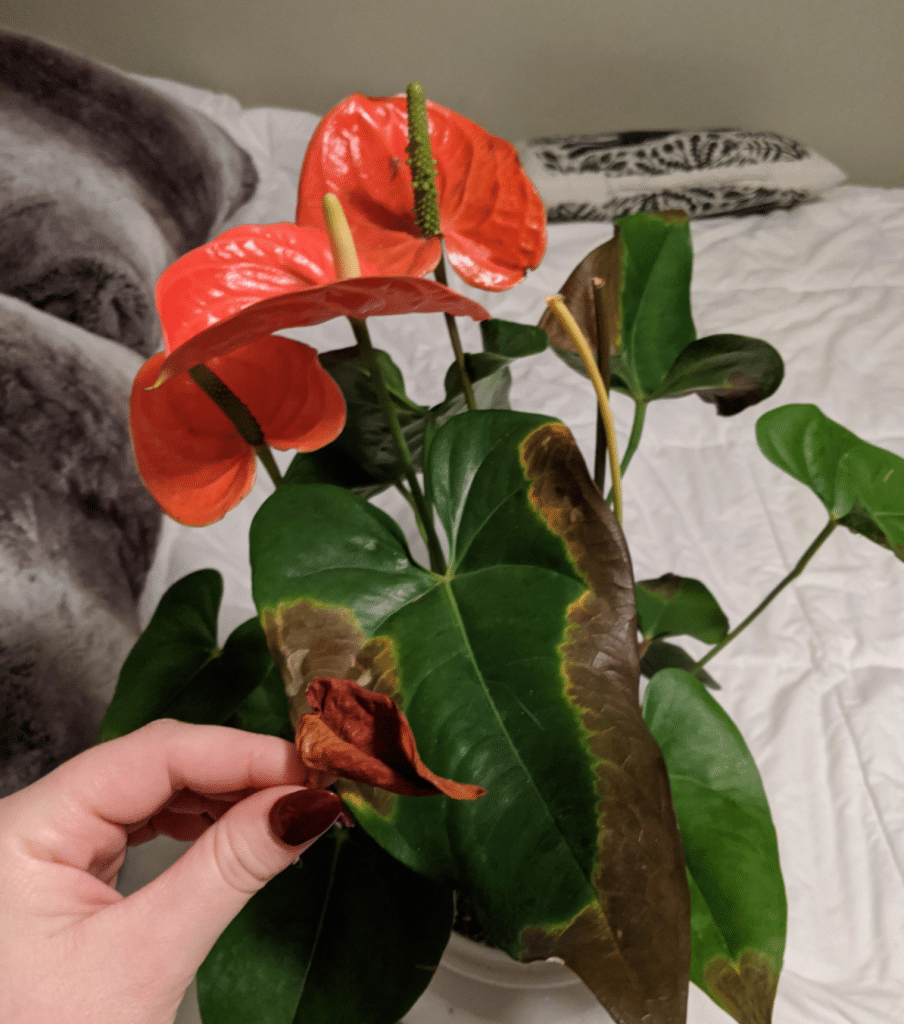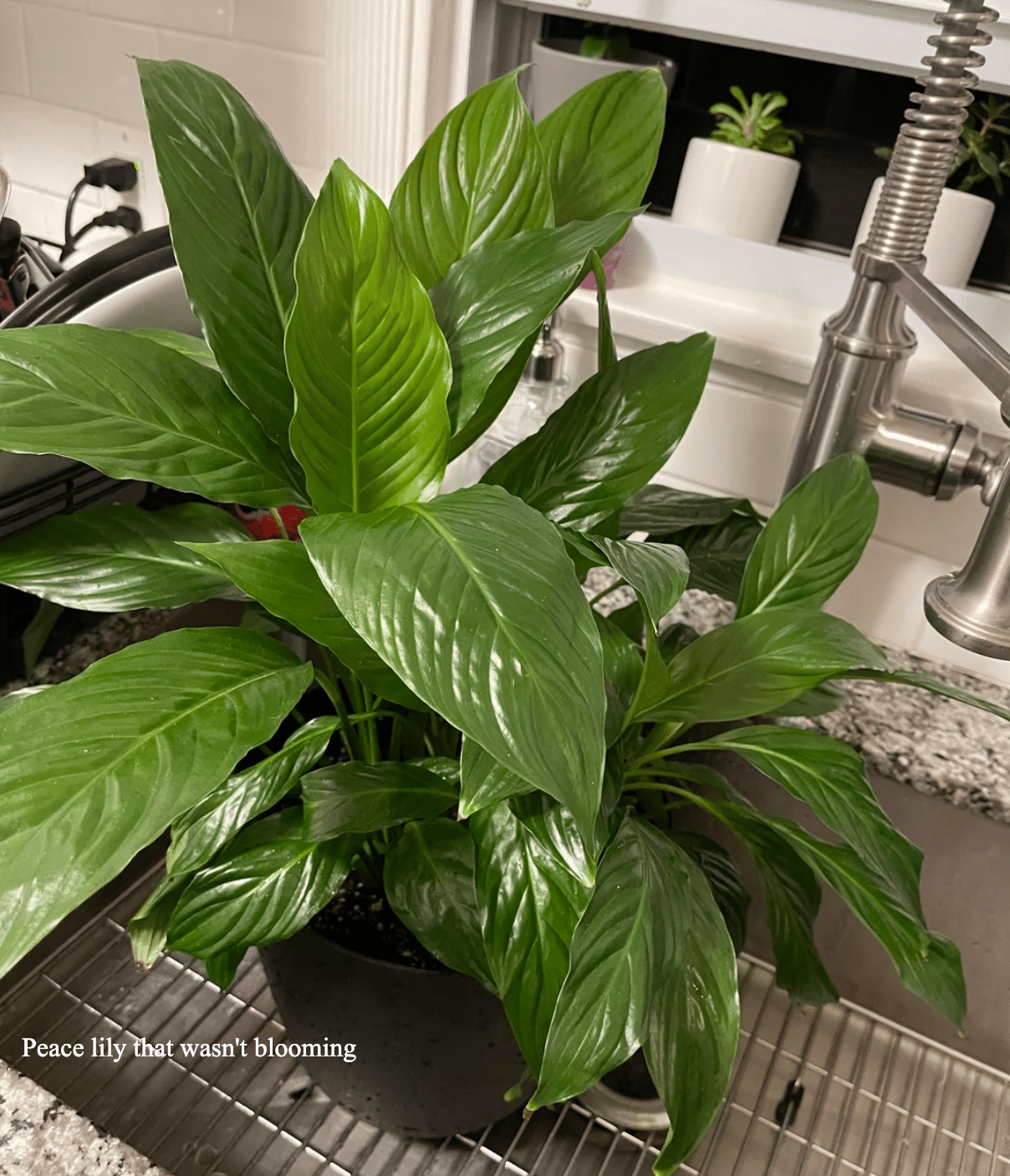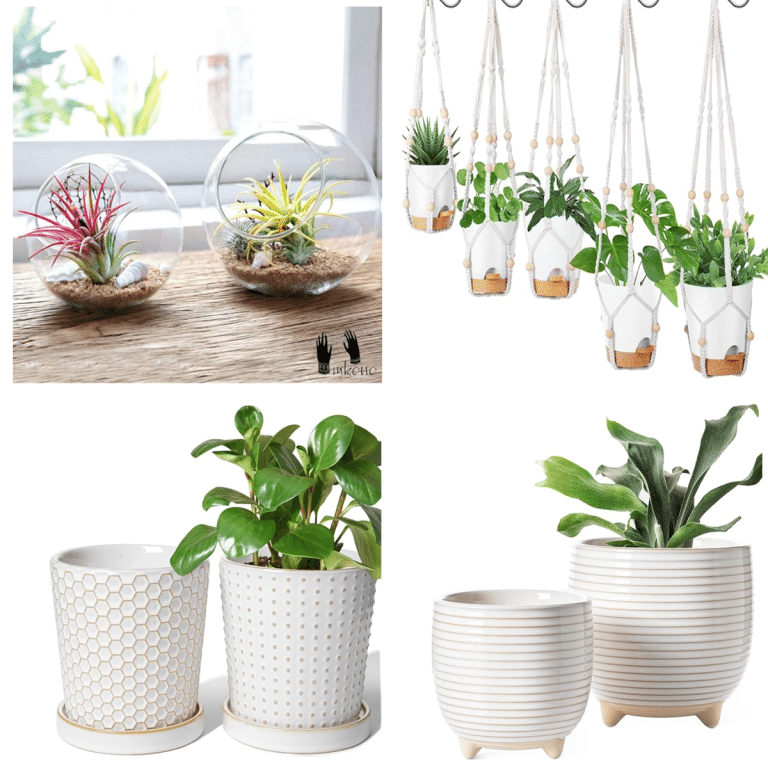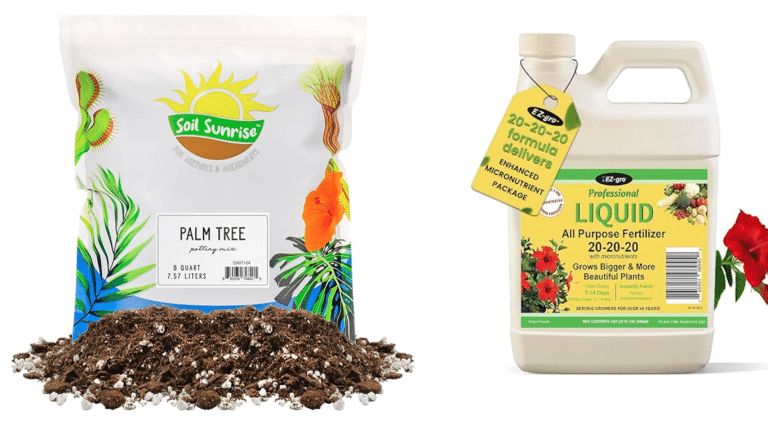Why Won’t My Flowering Houseplant Bloom?
Find out why your flowering houseplant won’t bloom—based on real fixes from our Brooklyn community home to help revive your indoor flowers fast!

When you purchase through links on our site, we may earn an affiliate commission, which helps sustain our blog!
You’ve watered, fed, and waited—and still, no flowers. It’s frustrating when a flowering houseplant keeps growing leaves but refuses to bloom. We’ve all been there. Whether it’s a Peace Lily staying stubborn or a Hibiscus that once wowed and now sulks, the problem usually comes down to a few key care missteps.
At our Brooklyn home filled with hundreds of plants, we’ve seen it all: bloomless orchids, shy Anthuriums, and jasmine vines that needed a little nudge. In this guide, we’ll walk you through the most common reasons houseplants stop flowering—and the practical, beginner-friendly fixes that’ll get those buds popping again. Let’s extend your blooms and bring the color back!
Common Reasons Your Houseplant Isn’t Flowering

Insufficient Light: Not enough intensity or duration
The biggest reason most plants don’t flower? Not enough light. We had a hibiscus that grew tons of lush leaves but never a single bud. After moving it to a brighter window, it bloomed. A lot of flowering plants need at least 6 hours of bright, indirect light, and some—like orchids and hibiscus—crave even more.
Read also: How much light to flowering houseplants need?
Overfertilizing or Using the Wrong Fertilizer: Too much nitrogen inhibits blooms
We used to think feeding more would help our plants bloom faster: high-nitrogen fertilizers promote leaf growth, not flowers. What you need is a bloom-boosting fertilizer that’s low in nitrogen and higher in phosphorus.
Lack of Dormancy or Seasonal Cue: Some plants need a rest period
Some houseplants—like orchids—won’t bloom again unless they get a rest period. We used to keep ours in bright light year-round, and it stopped blooming entirely. After reading up, we gave it a few weeks of cooler temps and shorter days, and boom—new buds appeared.
Pot-bound Roots or Improper Repotting: Stress inhibits flowering
A root-bound plant might survive, but it won’t be in the mood to bloom. We had an African Violet — this was our first one ever — that hadn’t flowered in a year. After repotting it into a slightly larger container with fresh soil, it bloomed within a month. Tight roots, poor drainage, or nutrient-depleted soil can all block flower production.
Low Humidity or Temperature Stress: Environmental mismatch
Some tropical bloomers need high humidity and consistent warmth to flower. We found that our Peace Lily stayed leafy but refused to bloom during winter when indoor air was dry. We have been successful making it bloom in the bathroom of our top floor where the cats aren’t allowed. You could also keep a humidifier next to it!
Age of the Plant: Some species need to mature first
Last but not least—some plants just need time. Our first orchid didn’t bloom until it was almost two years old. If your plant is young and healthy, be patient. Maturity often triggers flowering, especially in species like bromeliads and hibiscus.
How to Diagnose What’s Going Wrong

Visual signs: lush foliage, no buds
When your plant has healthy green growth but zero flower buds, it’s a sign it’s getting the basics—water, light, nutrients—but something’s off in the bloom department. We look for signs like leggy stems, all leaves and no spikes, or buds that never open to clue us in.
Timeline: how long since the last bloom
Some plants bloom constantly, others once a year. So we always ask: how long has it been since the last bloom? Our Peace Lily blooms off and on year-round. Our orchid? Maybe once or twice a year. If it’s been more than a full cycle, that’s our signal to reassess.
Look for signs of nutrient imbalance (yellowing, leggy growth)
If a plant looks stretched-out, or the leaves are pale or yellow, that’s usually a sign it’s lacking phosphorus or trace minerals. We spot-treat with a bloom-specific fertilizer and see results within a few weeks. Sometimes, even just flushing out old salts with water helps reset things.
Assess pot size, drainage, and root health
We now check roots twice a year. If the plant is root-bound, sitting in compacted soil, or waterlogged, we repot or refresh the soil. Poor drainage can stop flowering even if everything else is right. A good rule? If water pools on the surface or drains too slowly, it’s time for a fix.
Read also: How to style flowering houseplants?
Feeding Your Plant the Right Way for Flowers
Choosing bloom-boosting fertilizers (low nitrogen, high phosphorus)
Most flowering plants prefer fertilizers with an NPK ratio like 5-10-5 or 10-30-20. These formulas give more phosphorus, which supports bud and flower development. We avoid generic “all-purpose” feeds unless they list blooming on the label.
Feeding schedule for flowering cycles
We now feed every 2–4 weeks during the growing season, depending on the plant. If something starts blooming, we might even pause feeding for a few weeks so we don’t overwhelm it. With orchids, we dilute the fertilizer to quarter strength and use it weekly. And in general we don’t feed during winter and fall.
Organic options like compost tea or banana peel fertilizer
Some of our favorite flowering results came from compost tea or even a DIY banana peel soak (rich in potassium). It’s a gentler option that works well for African Violets and indoor begonias. Plus, it’s cheap and kind of fun to make.
Avoiding fertilizer burn and salt buildup
We always water before fertilizing, and once a month we do a deep flush—just run water through the soil until it drains clean. Keeps the roots happy and the salts from building up. When we don’t do this, we end up with burnt roots!
Pruning and Deadheading for More Blooms
When and how to prune flower-bearing plants
We now prune after flowering or in early spring, depending on the plant. With hibiscus, we cut back to just above a node, encouraging new growth and blooms. For Peace Lily, we remove entire flower stalks after they fade to keep energy flowing to the next bloom cycle.
Deadheading: why it matters and how to do it
Removing spent blooms is one of the easiest ways to encourage reblooming. Plants like geraniums, begonias, and impatiens keep producing if you pinch or snip off old flowers.
Pinching back for bushier, flower-heavy growth
Some plants respond best to a little pinching—removing the top inch of growth helps them branch out. We do this with coleus, impatiens, and some potted daisies. The result — a fuller plant with more stems and more blooms.
Plant-Specific Blooming Tips
Peace Lily: light, root tightness, and humidity
Peace Lilies bloom best when they’re a bit root-bound—not too snug, but not swimming in soil either. Ours responded to bright, indirect light, weekly watering, and a small humidifier nearby. We also feed lightly every 4–6 weeks in spring and summer.
Anthurium: warmth and weekly feeding
Anthuriums love steady warmth—anything below 60°F and they start pouting. We feed ours every 7–10 days with a bloom-boosting liquid feed. The trick is keeping the soil barely moist and the air slightly humid. Too dry and the blooms stop.
Orchid: light, rest period, and cold trigger
Getting an orchid to rebloom was a puzzle until we learned it needs a cool rest period. After it finishes blooming, we let it dry out a bit and keep it near a cool window (but not in a draft). That temperature drop often triggers a fresh bloom spike!
Hibiscus: pruning, feeding, and full sun indoors
Hibiscus needs full sun indoors—like, actual sunlight. We once had one near a bright window but behind a curtain, and it barely bloomed. Once we pulled it into full light and started weekly feeding, it started pushing out those giant flowers again. Pruning also helps it branch out and stay bushy.
African Violet: consistent light and gentle fertilization
African Violets need steady light and gentle care. We give ours a low-nitrogen fertilizer every 2 weeks, and keep it in a spot with consistent, bright light—no sudden drafts or temperature swings. When it’s happy, it just doesn’t stop blooming.
Conclusion:
Bringing a flowering houseplant into bloom isn’t magic—it’s observation, adjustment, and a little bit of patience. Once you understand what your plant really needs (light! rest! the right kind of food!), those elusive flowers will start to show. Try one fix at a time, trust the process, and don’t forget to celebrate the first sign of a bud—because it means you’re doing something right.






